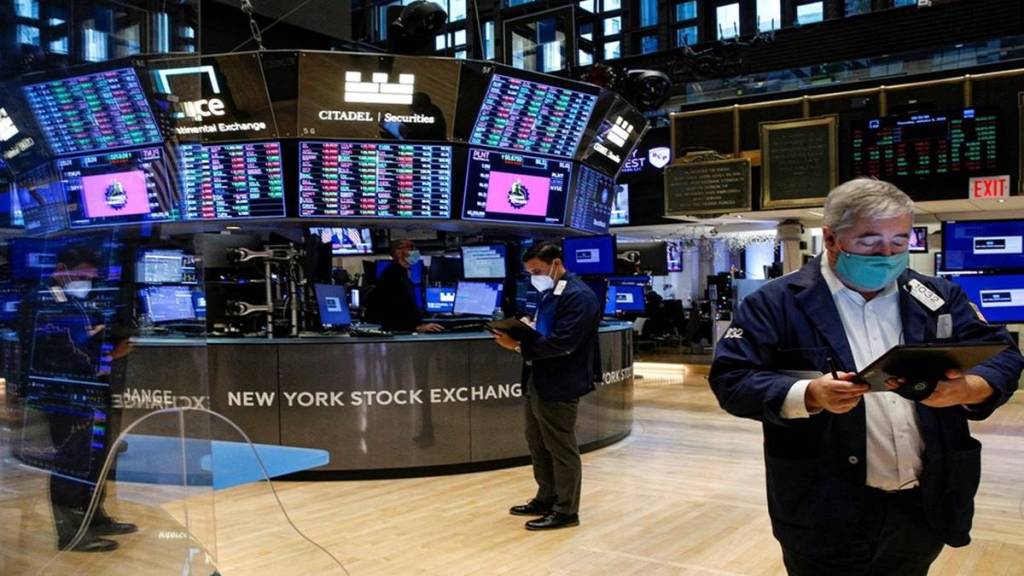Bloomberg : Global markets remain on edge after a selloff in government bonds drove long-term borrowing costs in the US and Europe to the highest level in more than a decade.
While the market stabilized in US hours, with the two-year note’s yield falling as much as 10 basis points, traders remain wary of an extended period of tight monetary policy, demanding ever higher compensation to hold long-dated government debt. The repricing — which sent the yield on 30-year US Treasuries past 5% for the first time since 2007 earlier on Wednesday — is even spilling over into equity and corporate bond markets.
“US yields at highs for the year are starting to look disruptive for other regions and sectors,” Steven Major, global head of fixed-income research at HSBC Holdings Plc., wrote in a note to clients.
The moves come as European Central Bank and Federal Reserve officials make it increasingly clear they are unlikely to ease policy any time soon, and are being compounded by concern over swelling government deficits and increased bond supply.
The 30-year US Treasury yield just recorded its largest quarterly jump in more than a decade and the German 10-year rate briefly climbed to 3% — a level last seen in 2011. In Japan, swaps used to bet on 10-year bond yield shifts touched 1% for the first time since January.
Still, global bonds are down 3.5% in 2023 and yields worldwide are now at levels almost unthinkable at the start of 2023. The selloff has been so extreme it’s forced bullish investors to capitulate and Wall Street banks to tear up their forecasts.
“One thing that makes me nervous is the speed of the selloff which could weigh on market sentiment,” said Alexandra Ivanova, a fund manager at Invesco.
The jump in US yields, which now tower over peers, powered a rally in the dollar over recent days, sending the euro to the weakest level in almost a year and driving the yen to 150 per dollar.
The volatility has also spilled over to stocks and corporate notes.
“These moves are starting to cause worries across all asset classes,” said James Wilson, a money manager at Jamieson Coote Bonds Pty in Melbourne. “There’s a buyer’s strike at the moment and no one wants to step in front of rising yields, despite getting to quite oversold levels.”
The sharp moves have driven a measure of Treasuries volatility to the highest since May on Tuesday, while the correlation between Bloomberg’s gauge of global securities and an index of US government bonds soared to the most elevated since March 2020.
Emerging markets are also feeling the pain. The additional yield investors demand to own developing-nation sovereign dollar bonds rather than Treasuries jumped to a three-month high Tuesday, sending average borrowing costs to almost 9%.
“Long EM duration is a pain trade for most real money investors,” Morgan Stanley analysts including Min Dai wrote in a note. Such positioning “increases the vulnerability of the market, especially if US Treasury rates continue to march higher.”


